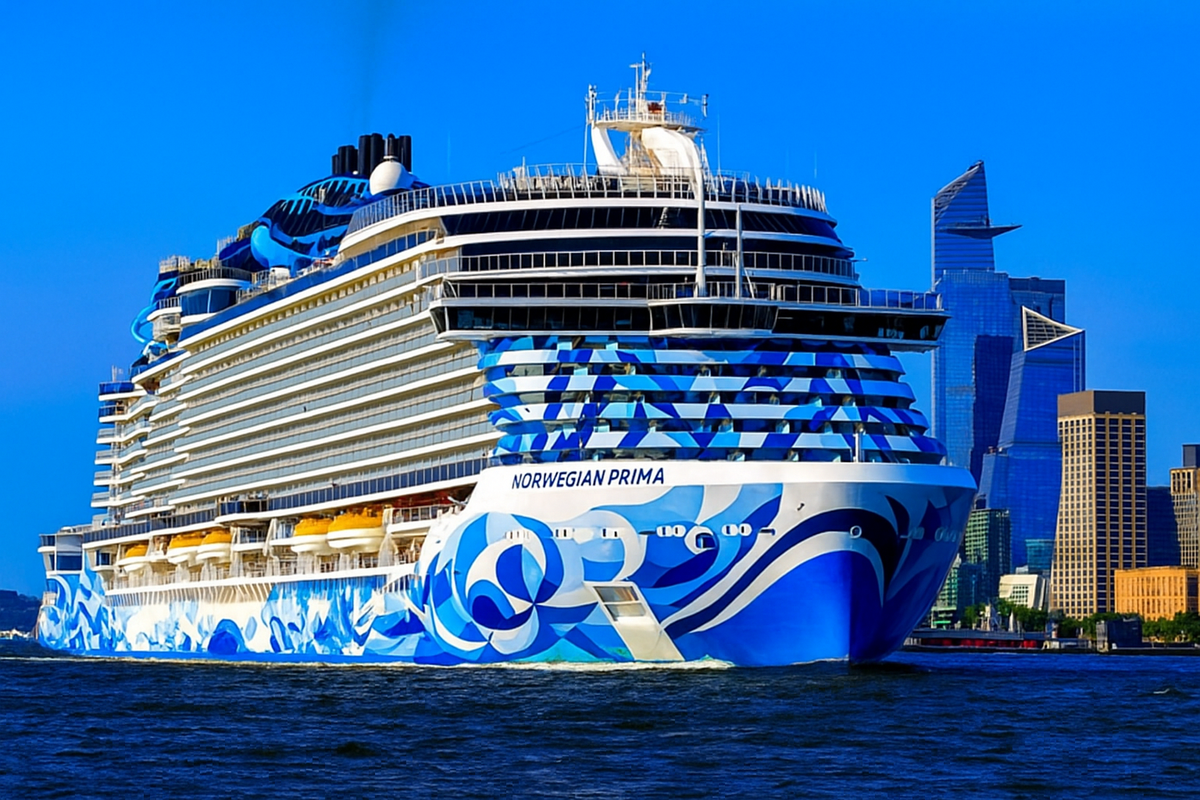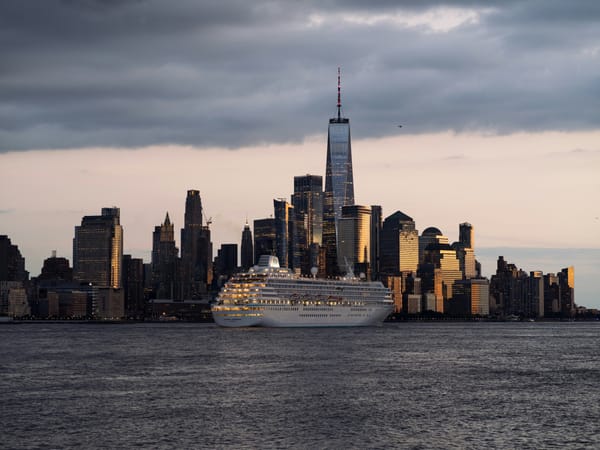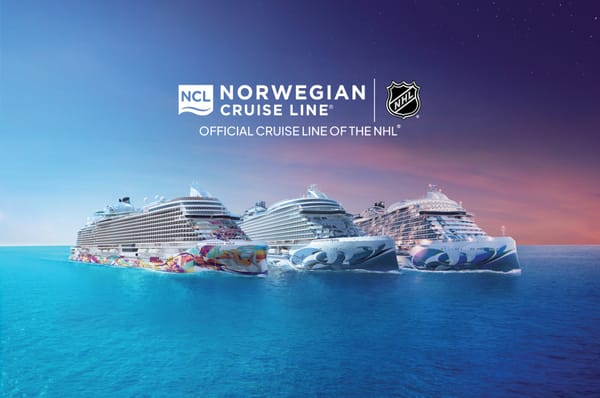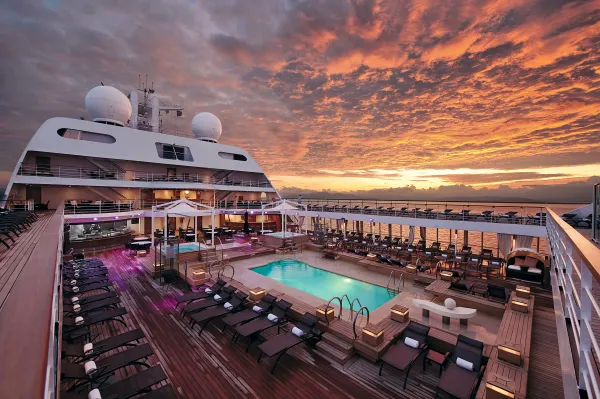Cruise Industry Set to Surge with Capacity Growth by 2033
The cruise industry is set for a decade of growth, with key players increasing capacity to meet rising global demand and changing traveler preferences.

The cruise industry is poised for significant expansion over the next decade, with major companies projecting continuous growth in passenger capacity and market share. Industry data underscores a promising outlook, highlighting increasing demand and consistent profitability despite global economic uncertainties and fluctuating booking patterns.
Projected Capacity Growth from 2025 to 2033
Among the leading players, Norwegian Cruise Line Holdings (NCLH) and Royal Caribbean Group are set to experience the steepest capacity increases by 2033. NCLH anticipates a 50% rise, expanding from an annual passenger capacity of 2.8 million in 2025 to over 4.2 million by 2033, translating to an estimated 5.5% year-over-year growth.
Royal Caribbean Group projects its annual passenger capacity to grow from 8.5 million to 10.8 million, representing an approximate 27% increase—or an average of 3% annual growth. MSC Cruises, including its ultra-luxury Explora Journeys division, expects a 25% growth in the same period, while Carnival Corporation predicts a more modest 10% gain, reaching about 13.9 million passengers annually by 2033.
Rising Demand and Market Share Dynamics
Despite Carnival Corporation’s slower growth, it remains the largest cruise operator with a 31.8% market share. Royal Caribbean International will command the highest share among individual brands at 18% by 2033, contributing to the broader Royal Caribbean Group’s projected 24.6% slice of the market.
MSC Cruises and Norwegian Cruise Line Holdings will also hold competitive positions, claiming 11.8% and 9.7% of the market, respectively. This evolving landscape reflects shifting consumer preferences, particularly among younger demographics and travelers seeking immersive, experiential vacations.
Industry Resilience Post-Pandemic
According to Cruise Lines International Association (CLIA), the industry surpassed its 2019 passenger count in 2023 with over 30 million cruisers and anticipates record-breaking totals in the coming years. CLIA forecasts put 2024 demand at around 34.7 million passengers. Revised estimates for 2025 now stand at 37.3 million, potentially rising to 42 million passengers by 2028.
Analysts link this rebound to the cruise industry’s flexibility in catering to evolving traveler priorities, such as adventure-focused and multi-generational experiences. Innovations in onboard activities, paired with enhanced cruise offerings, have fueled bookings despite economic headwinds and budget consciousness.
Technological Advancements and Sustainability Initiatives
The industry’s focus on sustainability and technology is shaping its future. Companies are introducing hybrid vessels and upgrading older ships to meet stricter environmental standards. With European nations moving toward zero-carbon emissions by 2050, cruise lines are heavily investing in alternative fuel solutions. Industry leaders note that successful adoption hinges on collaboration with governments to secure availability and affordability of these fuels.
Key Challenges and Strategic Industry Responses
While optimism remains high, obstacles persist, including geopolitical instability, tariff variability, and local port restrictions on mega-ships. At the 2025 Seatrade Cruise Global conference, top cruise line CEOs emphasized the need for ongoing dialogue with local authorities to proactively address environmental and community concerns.
Competition is intensifying as companies like Norwegian Cruise Line Holdings and Royal Caribbean expand fleets with larger, technologically advanced ships. During the conference, Carnival Corporation executives highlighted a balance between delivering memorable passenger experiences and meeting environmental responsibilities. These moves underscore the industry’s confidence in long-term growth potential.
Ultimately, as cruise operators navigate complex market dynamics, their strategies are anchored in innovation, sustainability, and consumer demand. The resilience shown throughout the pandemic and beyond positions the industry well for continued expansion in the coming years.
What are the main factors driving growth in the cruise industry?
Key drivers include strong post-pandemic demand, enhanced cruise offerings appealing to younger and multi-generational travelers, and competitive pricing when compared to traditional land-based vacations.
How is the cruise industry addressing environmental concerns?
Operators are rolling out hybrid vessels, retrofitting older ships to improve energy efficiency, and experimenting with sustainable fuel options. Collaboration with governments and maritime authorities is seen as critical to long-term environmental success.
Which company is projected to achieve the largest market share by 2033?
Carnival Corporation will remain the largest cruise operator overall, but Royal Caribbean International is expected to become the single largest cruise brand, commanding an 18% share.
How have booking trends changed recently?
Demand for longer booking windows has risen, with travelers reserving voyages far in advance to secure preferred itineraries and benefit from more predictable pricing.
What role do mega-ships play in the industry’s future?
Mega-ships offer diverse entertainment and activity options, appealing to a broad demographic base. However, many lines also invest in smaller ships for more intimate itineraries that access less congested ports, balancing scale with unique travel experiences.




